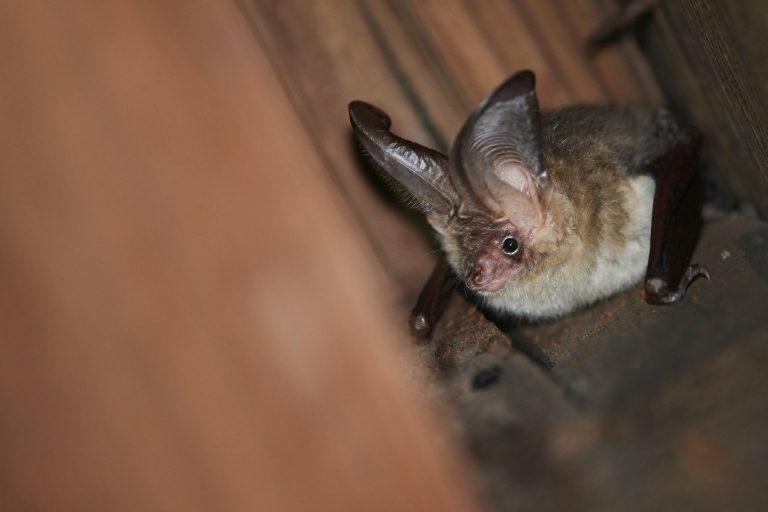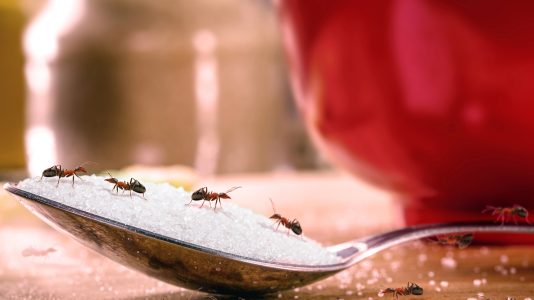What critters take advantage of poorly insulated eaves?
March 9th, 2021
The easiest way for an animal to get into your attic is through the eaves or soffits – the parallel ledge that completes the triangle between your roof and your exterior walls. Eaves that are not properly sealed or insulated might as well have a big “Welcome” sign hanging on it because there are a number of Canadian critters who would be happy to nest and rest in your dry, warm, and cushiony attic.
If you think that you are being kind by letting these uninvited guests move into your attic, think again. Pests are often more than a nuisance and over time can cause serious problems if left unattended.
Major issues that can arise from critters in your attic include:
- health risks from urine and feces
- safety risks from chewed wires and framing
- major repair costs to damaged infrastructure
- expensive and disruptive decontamination processes
In this article, the nature control experts at BW Nature Control in Ottawa share some insights about the types of pests that are most likely to take advantage of poorly insulated eaves and soffits. Here are some common critters that you might find in your attic or roof gutters:
Racoons
Racoons are great climbers and can scale the exterior walls of your home easily, even if there are no overhanging trees or bushes to make the job easier. If there is even a slight crack or gap in the metal soffits or gutter under your roof, a racoon can easily pick away and then dislodge a piece big enough to fit through. Once through, the racoon (and the whole family) will have open access to your attic, and even interior walls in some cases.
If you have racoons in your attic, you will know it! Although they look light on their feet, they will sound like a small person thumping around up there. Really! Female raccoons love to enter attics for warm nesting spots in the late winter so inspect for loose soffits regularly.
Squirrels
Squirrels might need a little bit of help getting to your roof – they don’t generally scale walls as easily as racoons. If you have any overhanging tree branches, utility wires, or shrubs that would allow a squirrel to make it to your rooftop, you are at risk for these critters infiltrating your soffits and gutter.
Squirrels are very adept at pulling apart soffits and squeezing through very small openings. They sometimes hide nuts and seeds in the soffits, and other times they use it as a way to get right into your attic to nest. Squirrels can do a lot of damage with their teeth and should not be ignored, even if they are quieter house guests than racoons!
Birds
Birds commonly build nests in the protected space between the soffits and down spouts on the outside of homes. If the opportunity presents itself, however, birds can sometimes build their nests inside our homes. Examples of these unexpected nesting sites include:
- missing pieces of soffit
- damaged or uncapped flashing
- cavities and voids created by merging rooflines
While birds are unlikely to make their way right into the attic, it isn’t impossible. And even though their nests may technically feel like they’re outside, homeowners can still be at some health and safety risks: first from the amount of bird droppings produced by the mother and baby birds, but also by the sometimes fierce protective nature of the parent birds. If a nest is close to a high traffic area such as a front door or patio, you can expect to be swooped upon, and at the very least squawked at often by a protective parent. In some unfortunate cases, birds choose to abandon their nests complete with eggs or chicks if there’s too much human activity in close proximity.
Bats
Bats are one of the most quiet house guests and unless you actually see them dropping out of your eaves at dusk, and crawling back in at dawn, you’re not likely to know they’re there at all. Until you smell them. By that point, you are looking at an unwanted and hefty removal and decontamination invoice.
It is sometimes difficult to identify where or how bats have infiltrated your attic because they can squeeze through incredibly tiny gaps along the edge of your roof. Certainly keeping an eye out for damaged or shifted soffit pieces is the best preventative measure you can take.
Wasps, Bees and Hornets
It is very common for wasps, bees and hornets to build nests along the underside of roofs, in peaks, and around rain downspouts. If given the opportunity to build their nests in even more protected areas inside your eaves, they will certainly do so. This can be particularly dangerous for a number of reasons:
- If a nest is out of sight, it could grow to a significant size before being detected.
- Once inside the soffits, these winged pests can gain access to the attic and even get inside your interior walls.
- Any human traffic near the nest is at unknown risk of being stung or swarmed.
Regularly inspect your soffits for any sign of damage or shifting. Repair or replace any missing soffit or flashing panels so that wasps, bees and hornets cannot fly inside to build a nest and colony.
Call us for help
If you have unwanted pests in your soffits, eaves, gutters, or attic and don’t know what to do, give us a call. We offer wildlife control services for residential and commercial properties in Gatineau and Ottawa. Trust the team of experts at BW Nature Control to help you safely remove the uninvited pests from your roof and attic.




